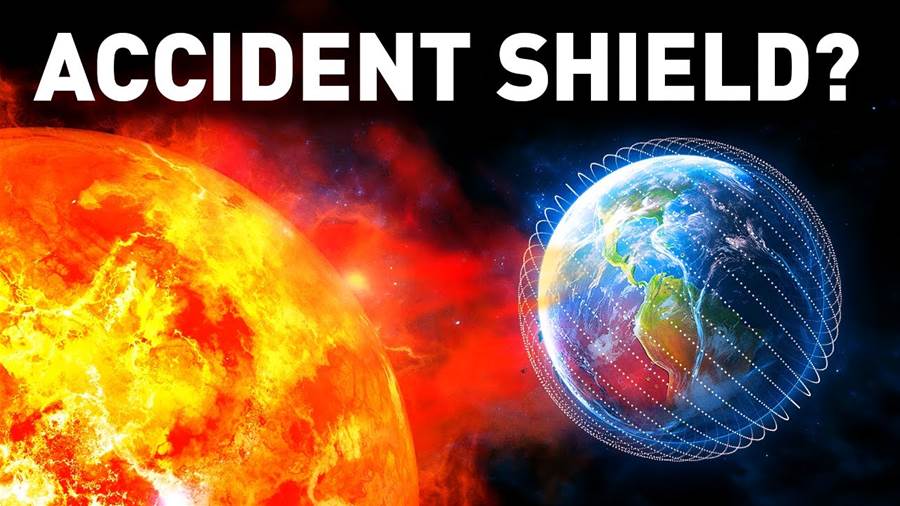
According to a recent study, scientists have discovered a protective shield around the Earth that was formed unintentionally. The shield is made up of a charged particle belt, known as the Van Allen radiation belts, which were discovered over 60 years ago. These belts are made up of charged particles, such as protons and electrons, that are captured by the Earth's magnetic field and held in two distinct regions.
The study reveals that this shield acts as a protective barrier, shielding the Earth from high-energy electrons that are released during space weather events, such as solar flares. These high-energy electrons can pose a threat to both satellites and astronauts traveling in space, as they can damage electronic systems and even harm human health.

Scientists initially believed that these radiation belts were a constant and predictable feature of the Earth's magnetosphere. However, new data from NASA's Van Allen Probes mission has shown that the size and intensity of the belts change in response to space weather conditions. During periods of intense solar activity, the belts can swell and move closer to the Earth, providing additional protection against high-energy particles.
Understanding and studying the behavior of these radiation belts is crucial for ensuring the safety of satellites and astronauts in space. This accidental shield provides vital protection against harmful particles and highlights the complex interactions between space weather, Earth's magnetic field, and the charged particles surrounding our planet.








